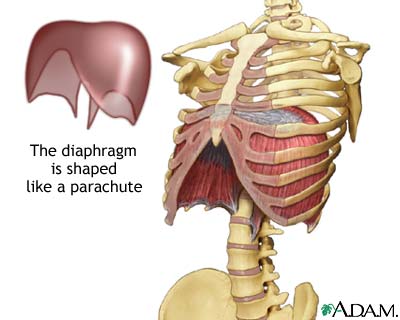
Can you breathe properly? Of course you can! Maybe…
Sounds very simple but often I see clients who for various reasons have reversed breathing patterns. Here’s a simple test.
Place one hand on your belly and the opposite hand on your chest. Take in a full deep breath through your nose, and try to make sure that the hand on your belly moves faster and higher than the hand on your chest. Do this for 5 repetitions, with each inhalation and exhalation taking about 10 seconds.
Stop reading and do it now..
How did you go? Were you able to fully inflate the belly with 2/3rd’s of your air then the last third was the chest or are you a “chest breather”?? Did you take a shallow breath, or maybe what you thought was a big breath because you raised your chest up high and didn’t properly allow the diaphragm to move downward? Did you breathe through your mouth? Were you rushed in your breathing – after all, who has time to take a big breath?
If you fell into the later group, you might need to re learn how to breathe! What?
Watch a baby breathe. No one had to tell them to be belly breathers. They just do it. With the up coming Olympics, watch the athletes and watch their stomach balloon in and out when they breathe. I often see the reverse however from prolonged smoking, stress, poor sitting posture etc.
Evaluating correct breathing patterns is nothing new, however, it has recently gained popularity in the strength and conditioning world over the last 10 years. Why? You take an average of 11500 to 21000 breaths per day. That’s a lot of contracting and relaxing of certain muscles. If you don’t breathe properly, you can create dysfunction and pain.
Here are a few sub-optimal effects poor breathing can have :
Sore Ribs – The upper ribs elevate to a greater degree, creating sensitivity in the costal cartilage and intercostal muscles
Stiff Upper Back – Thoracic spine movement is disturbed due to improper rib mechanics during breathing
Pain in the Neck – Accessory breathing muscles become overactive/hypertonic and are more prone to trigger points and ischemia – scalenes, upper trapezius, SCM, serratus posterior superior, subclavius
Stiff Neck – The cervical spine is more prone to developing rigidity as muscles develop stiffness to compensate for the new upper chest breathing pattern
Can’t chin can’t press – Altered shoulder function and scapular position/mechanics
Sore Back – Psoas and QL share a fascial connection to the diaphragm at the lumbar vertebrae, making them vulnerable to: weakness, disuse, and causing myofascial trigger points when diaphragmatic breathing is not observed
Sore Back! – Pelvic floor muscles can be prone to potential weakness and an imbalance in tone between the abdominal muscles and over-active erector spinae muscles may be noted.
See how the diaphragm attaches to the spine…and why it can be a contributor to back pain:

There are hundred’s of videos on YouTube about breathing, but here is a simple one for you:
So there you go. Practice diaphragmatic or ‘belly’ breathing to reduce stress, to calm down, to help fall asleep and possibly reduce pain or symptoms for any of the above.
See you in the gym
Brad
Personal Training – Bondi Junction





